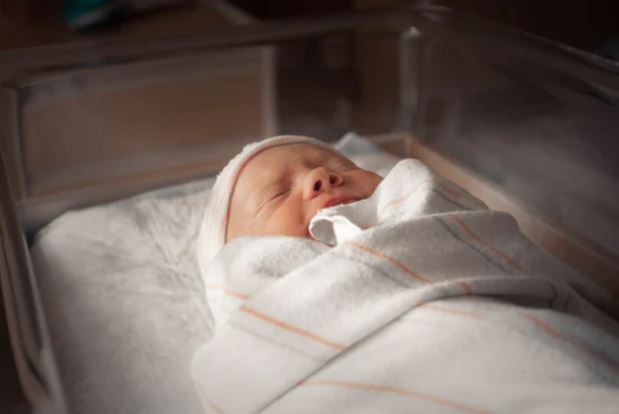Overview Of Gastroschisis
Gastroschisis is a birth defect in which an infant’s intestines are outside of the body because of a hole in the abdominal wall.
Commonly Associated With
Birth defect – gastroschisis; Abdominal wall defect – infant; Abdominal wall defect – neonate; Abdominal wall defect – newborn
Causes Of Gastroschisis
Babies with gastroschisis are born with a hole in the abdominal wall. The child’s intestines often stick out (protrude) through the hole.
The condition looks similar to an omphalocele. An omphalocele, however, is a birth defect in which the infant’s intestine or other abdominal organs protrude through a hole in the belly button area and are covered with a membrane. With gastroschisis, there is no covering membrane.
Abdominal wall defects develop as a baby grows inside the mother’s womb. During development, the intestine and other organs (liver, bladder, stomach, and ovaries, or testes) develop outside the body at first and then usually return inside. In babies with gastroschisis, the intestines (and sometimes the stomach) remain outside the abdominal wall, without a membrane covering them. The exact cause of abdominal wall defects is not known.
Mothers with the following may be at higher risk of having babies with gastroschisis:
- Younger age
- Fewer resources
- Poor nutrition during pregnancy
- Use tobacco, cocaine, or methamphetamines
- Nitrosamine exposure (a chemical found in some foods, cosmetics, cigarettes)
- Use of aspirin, ibuprofen, acetaminophen
- Use of decongestants that have the chemical pseudoephedrine or phenylpropanolamine
- Babies with gastroschisis usually do not have other related birth defects.
Symptoms Of Gastroschisis
Gastroschisis is usually seen during a prenatal ultrasound. It can also be seen when the baby is born. There is a hole in the abdominal wall. The small intestine is often outside the abdomen near the umbilical cord. Other organs that may also be seen are the large intestine, stomach, or gallbladder.
Usually, the intestine is irritated by exposure to amniotic fluid. The baby may have problems absorbing food.
Exams & Tests
Prenatal ultrasounds often identify infants with gastroschisis before birth, usually by 20 weeks of pregnancy.
Treatment Of Gastroschisis
If gastroschisis is found before birth, the mother will need special monitoring to make sure her unborn baby remains healthy.
Treatment for gastroschisis involves surgery. Usually, the infant’s abdominal cavity is too small for the intestine to fit back in at birth. So a mesh sack is stitched around the borders of the defect and the edges of the defect are pulled up. The sack is called a silo. Over the next week or two, the intestine returns into the abdominal cavity and the defect can then be closed.
The baby’s temperature must be carefully controlled because the exposed intestine allows a lot of body heat to escape. Because of the pressure involved in returning the intestines to the abdomen, the baby may need support to breathe with a ventilator. Other treatments for the baby include nutrients by IV and antibiotics to prevent infection. Even after the defect is closed, IV nutrition will continue as milk feedings must be introduced slowly.



